Today is a driving day…..from Axum, southeast to Makale. W2T, over the last 3 years has funded 40-50 projects in a tabia called Senale, near Mekale through our implementing partners Glimmer and REST. Makale is also the headquarters of the REST organization. The drive takes about 5 ½ hours and we arrive in Makale about 1:30 pm. After a short rest stop, we head to the field to visit a couple of projects with the time remaining today.
The projects we are visiting today are in the sub-region called Dejene. It is mostly rolling hills interlaced with fertile valleys for farming. As compared to Seglamen where we were yesterday, there are a lot fewer rocks and trees. Except for the valleys, the hills are pretty barren as you can see in the picture above.
The government constructed a number of community wells in Dejene approximately 10-12 years ago. Initially the projects were fine, but eventually stopped producing water, primarily because the original wells were not deep enough. Through REST, W2T is rehabilitating some these wells and bringing them up to today’s standards. Most of the wells were originally 20-25 feet deep and with the rehabilitation they are extended to a depth of about 40 feet.
Our first project to visit is to the community of Mai Kidana, where we find the community actively using their newly restored water project. It was completed a month ago after being inoperable for years. W2T is also rehabilitating another project not far from Mai Kidana, as there are over 1,500 people in this immediate area. Prior to the two new restorations, they were all using from one well, which threaten its sustainability too.
The community at Mai Kidana also has an active irrigation program for the valley farmers. The have installed a check dam upstream and through a series of trenches and pipes, distribute the river water throughout the community for farmland and livestock. You can see from the photo above a special section of the distribution made especially for the cattle.
I am constantly amazed at how much the Ethiopian donkeys are expected to carry. I mentioned in an earlier blog that this harvest time in Ethiopia. The picture above shows two farmers about to cross the river at Mai Kidana with some of their harvest. If you look closely at the stack of grain in the forefront of the picture, you can see the donkey’s nose sticking out on the left. Under the other stack, all you see are four legs!
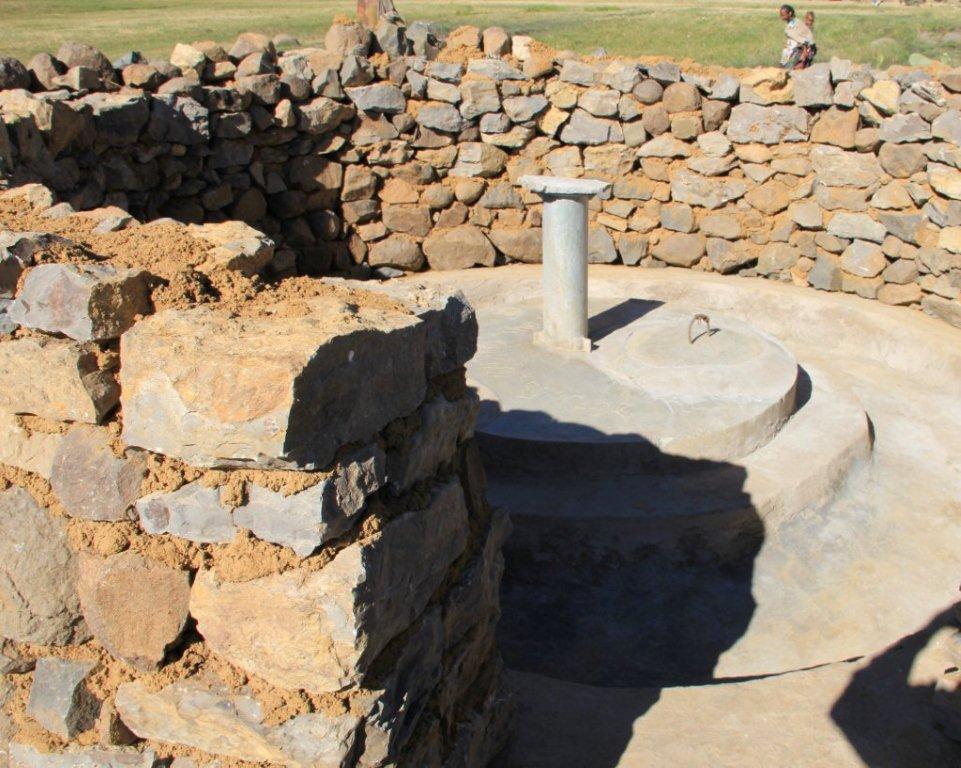
We drive a short distance to the Saderti project, which is another one of the area rehabilitation projects funded by W2T. This one is in progress, but just about complete as you can see. The community has done it work of rebuilding the wall and all of the well work has been completed. The technician just needs to set the new pump, which should arrive in the next week or so. Before restoration, this well only had enough capacity to supply water 6-7 months of the year. The remainder of the time the community was collecting contaminated water from the rivers in the area.
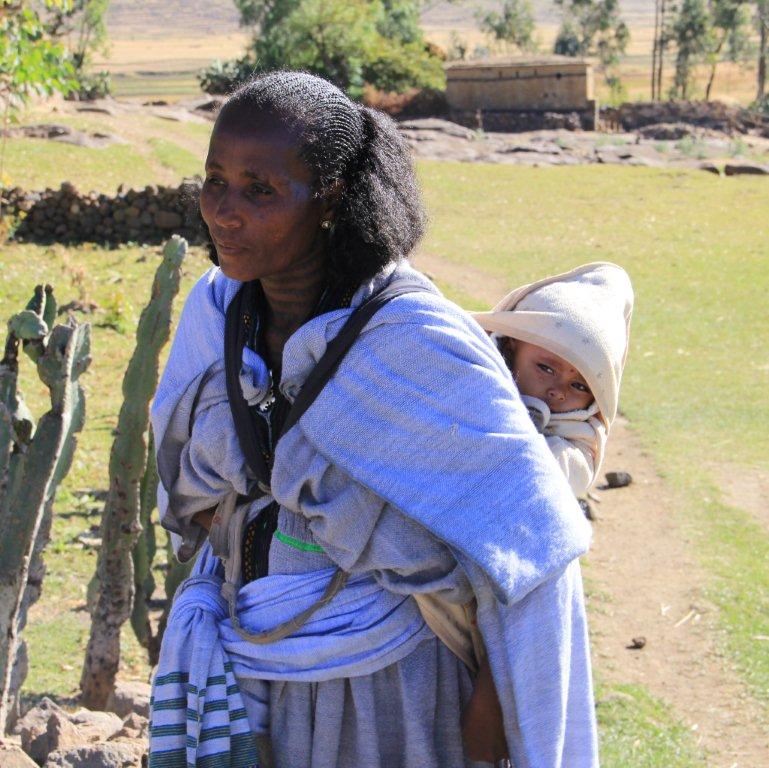
Even though the well is not operating yet, we were greeted by Yihdega Hiluf (age 40). She is carrying her granddaughter in the picture. She serves on the Water Committee for Saderti and came to express her gratitude for the project restoration when she saw us arrive at the project. Mother of 4 children, she is now the head of the household. She provides for the family by farming the area around their home and is able to grow two crops per year. Especially after the rainy season, she said she can benefit from the irrigation work that the community has built to improve crop production. She lives near the project so she is excited to have it working again soon.
Today is a driving day…..from Axum, southeast to Makale. W2T, over the last 3 years has funded 40-50 projects in a tabia called Senale, near Mekale through our implementing partners Glimmer and REST. Makale is also the headquarters of the REST organization. The drive takes about 5 ½ hours and we arrive in Makale about 1:30 pm. After a short rest stop, we head to the field to visit a couple of projects with the time remaining today.
The projects we are visiting today are in the sub-region called Dejene. It is mostly rolling hills interlaced with fertile valleys for farming. As compared to Seglamen where we were yesterday, there are a lot fewer rocks and trees. Except for the valleys, the hills are pretty barren as you can see in the picture above.
The government constructed a number of community wells in Dejene approximately 10-12 years ago. Initially the projects were fine, but eventually stopped producing water, primarily because the original wells were not deep enough. Through REST, W2T is rehabilitating some these wells and bringing them up to today’s standards. Most of the wells were originally 20-25 feet deep and with the rehabilitation they are extended to a depth of about 40 feet.
Our first project to visit is to the community of Mai Kidana, where we find the community actively using their newly restored water project. It was completed a month ago after being inoperable for years. W2T is also rehabilitating another project not far from Mai Kidana, as there are over 1,500 people in this immediate area. Prior to the two new restorations, they were all using from one well, which threaten its sustainability too.
The community at Mai Kidana also has an active irrigation program for the valley farmers. The have installed a check dam upstream and through a series of trenches and pipes, distribute the river water throughout the community for farmland and livestock. You can see from the photo above a special section of the distribution made especially for the cattle.
I am constantly amazed at how much the Ethiopian donkeys are expected to carry. I mentioned in an earlier blog that this harvest time in Ethiopia. The picture above shows two farmers about to cross the river at Mai Kidana with some of their harvest. If you look closely at the stack of grain in the forefront of the picture, you can see the donkey’s nose sticking out on the left. Under the other stack, all you see are four legs!

We drive a short distance to the Saderti project, which is another one of the area rehabilitation projects funded by W2T. This one is in progress, but just about complete as you can see. The community has done it work of rebuilding the wall and all of the well work has been completed. The technician just needs to set the new pump, which should arrive in the next week or so. Before restoration, this well only had enough capacity to supply water 6-7 months of the year. The remainder of the time the community was collecting contaminated water from the rivers in the area.

Even though the well is not operating yet, we were greeted by Yihdega Hiluf (age 40). She is carrying her granddaughter in the picture. She serves on the Water Committee for Saderti and came to express her gratitude for the project restoration when she saw us arrive at the project. Mother of 4 children, she is now the head of the household. She provides for the family by farming the area around their home and is able to grow two crops per year. Especially after the rainy season, she said she can benefit from the irrigation work that the community has built to improve crop production. She lives near the project so she is excited to have it working again soon.
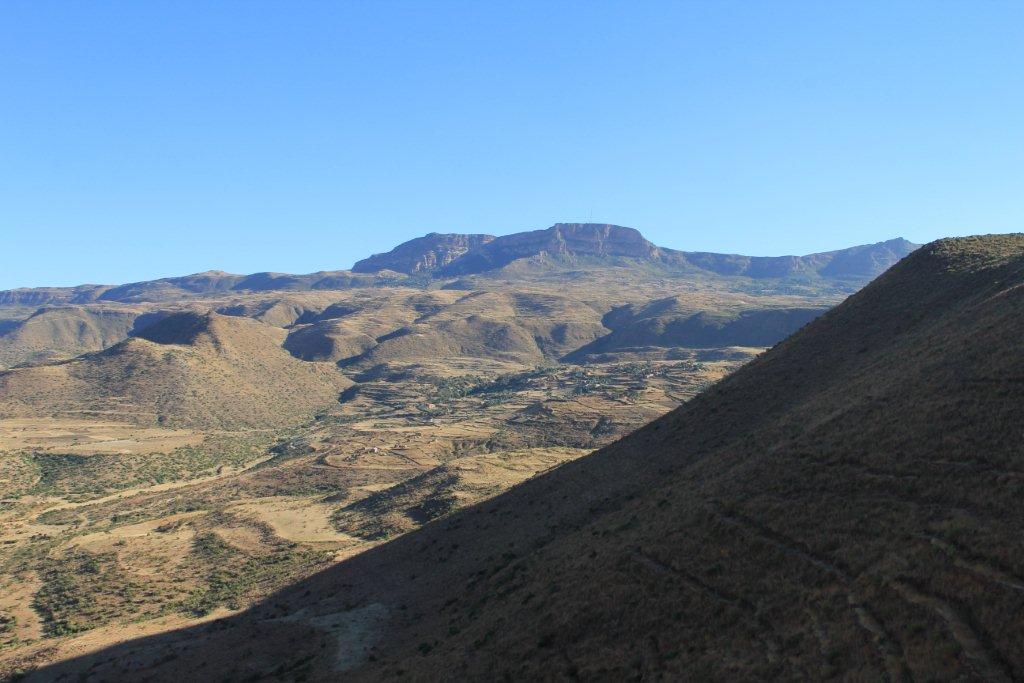
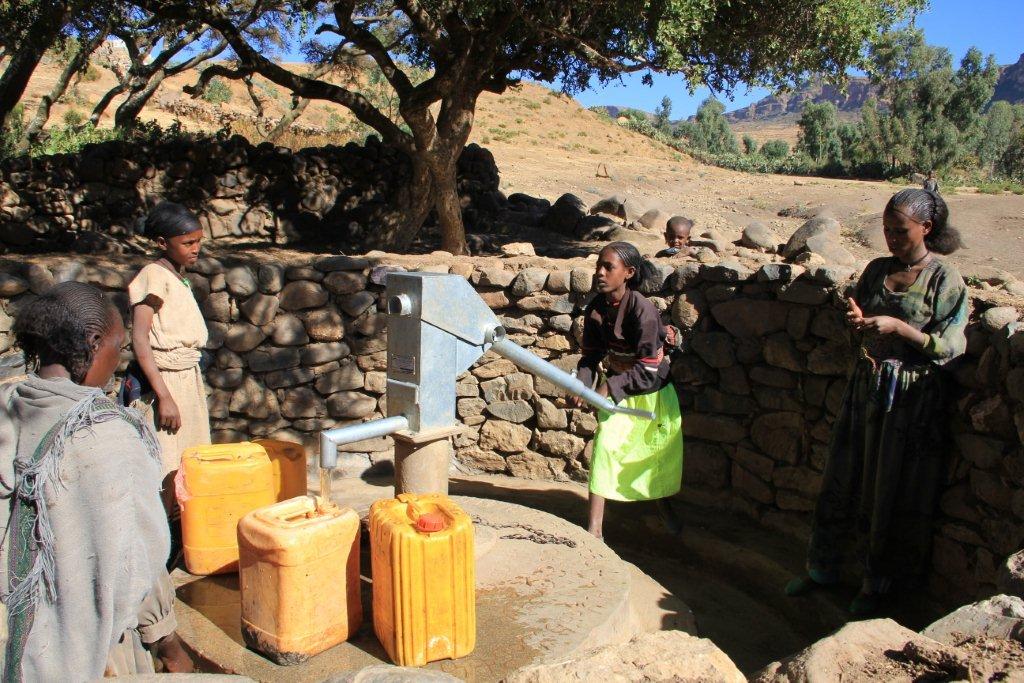
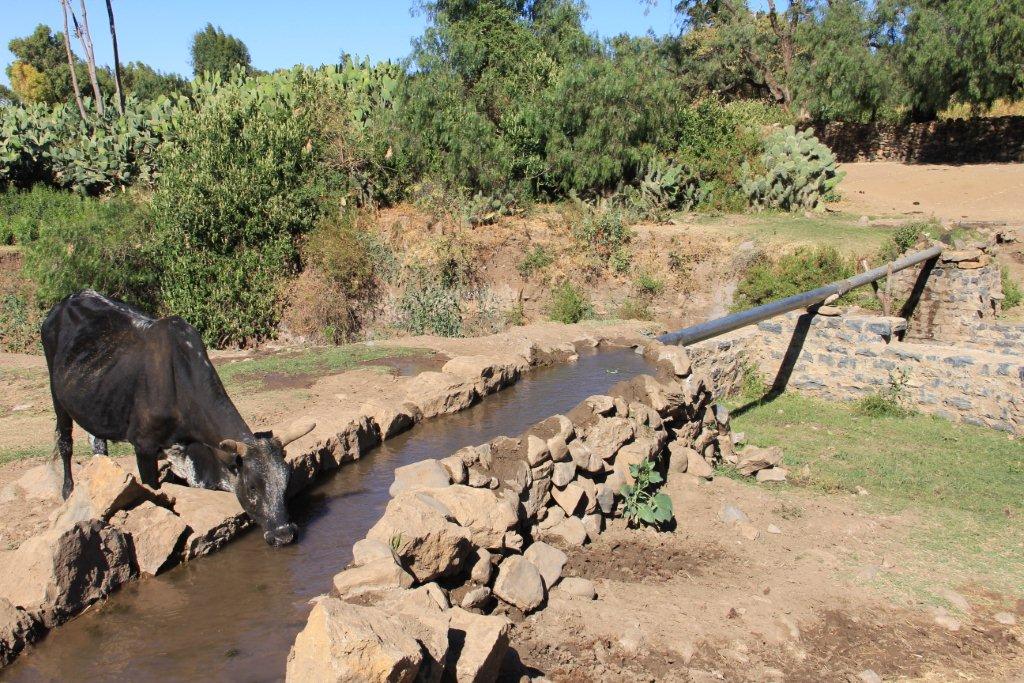
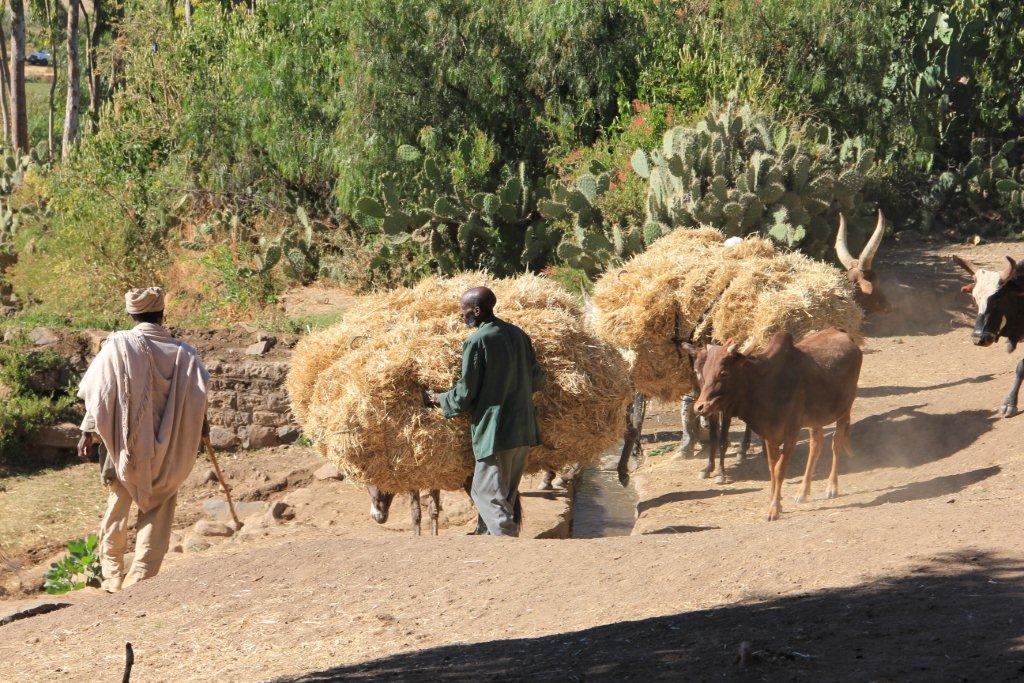









About The Author: Meredith
More posts by Meredith